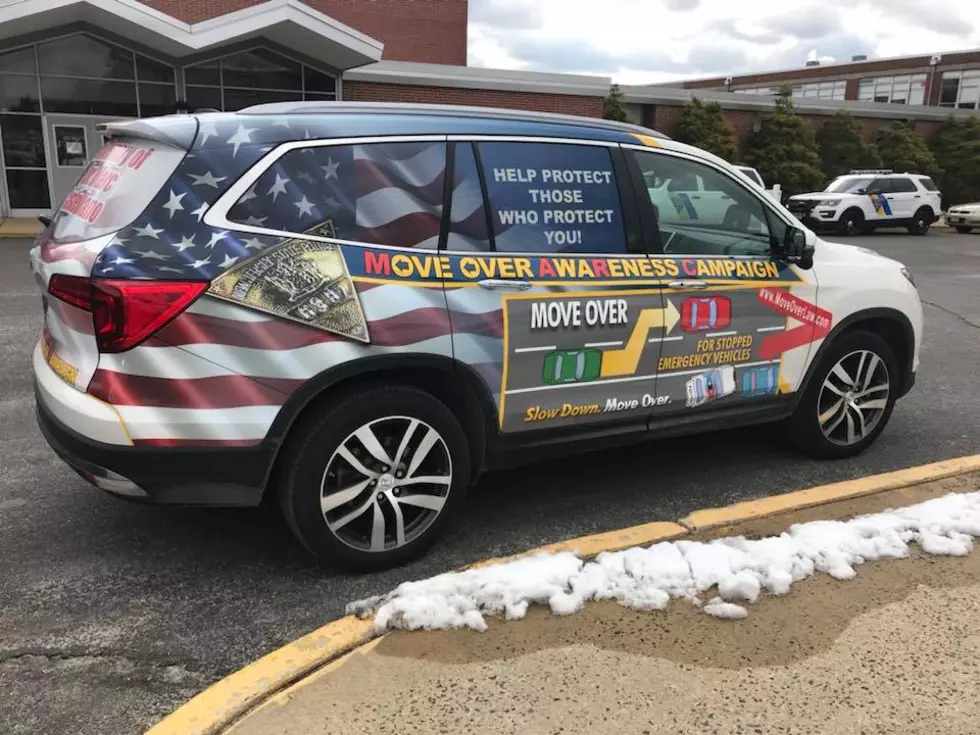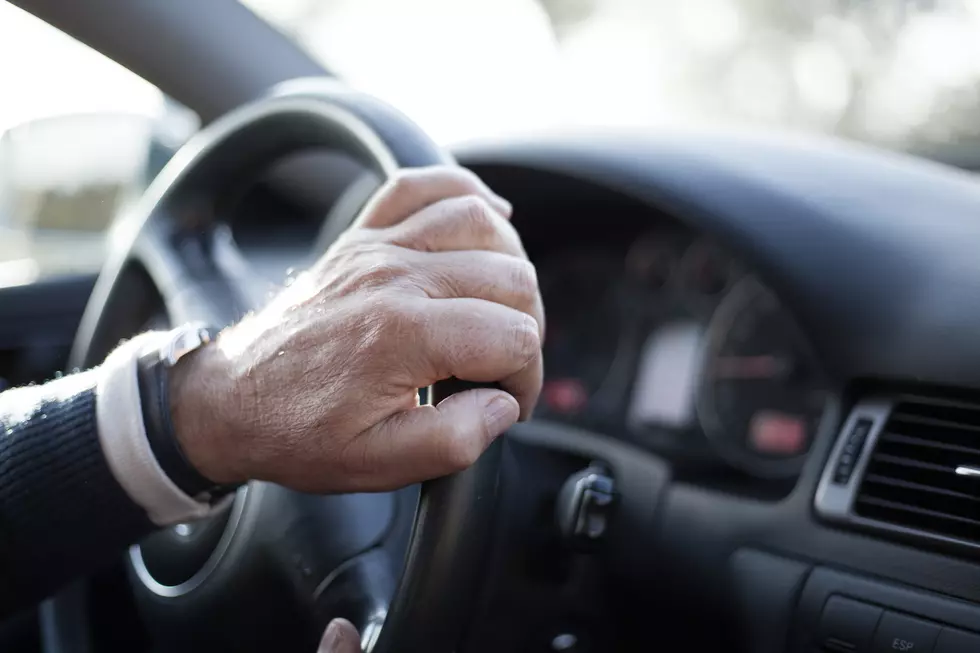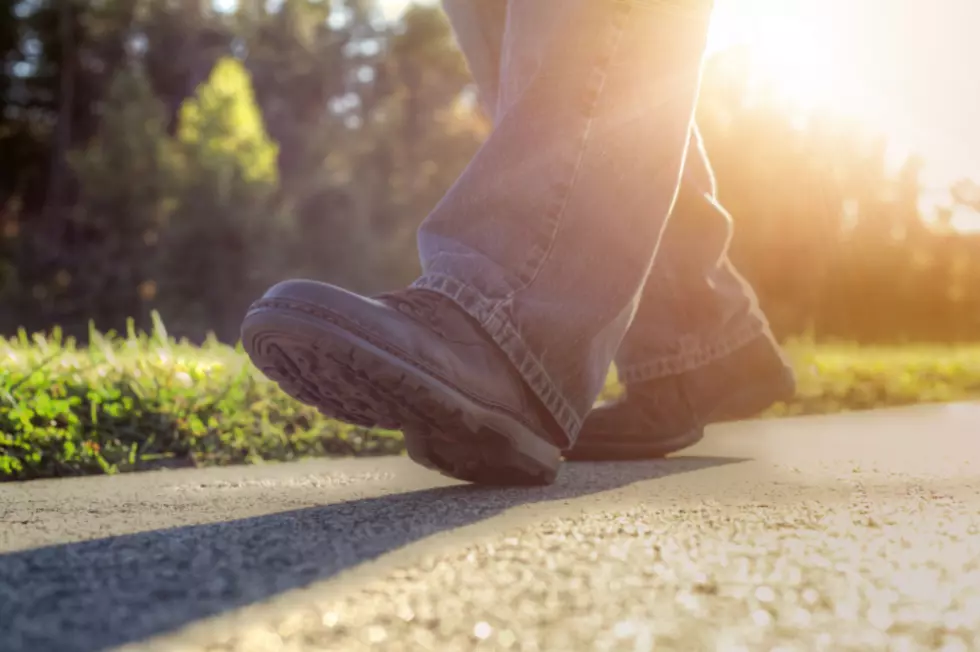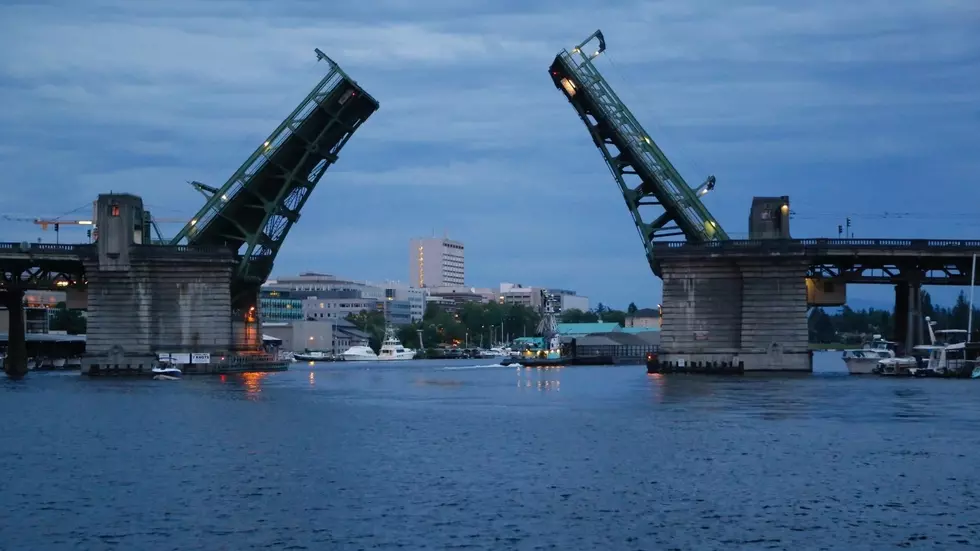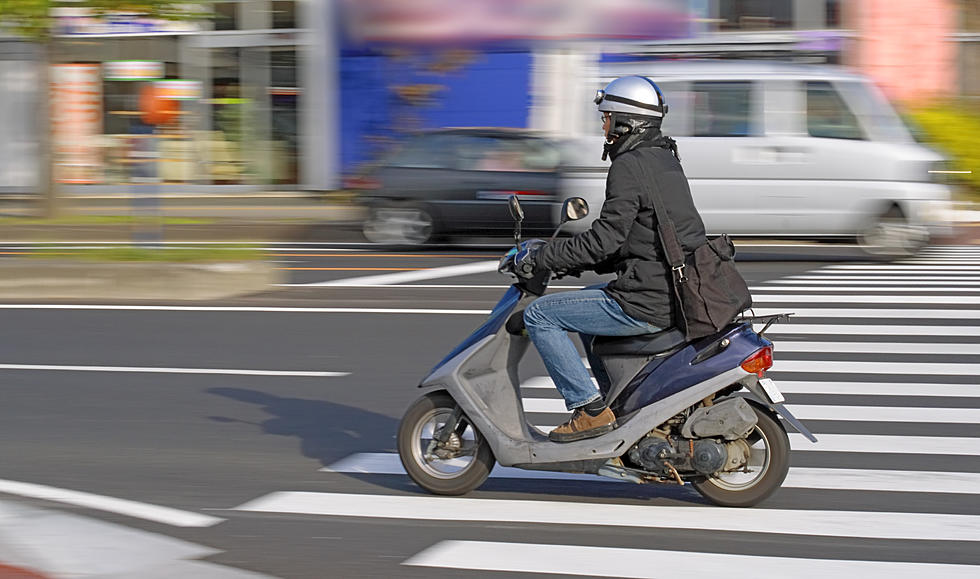
How slow should you go through construction zones on NJ roads?
When lanes are closed for construction, paving, or painting on interstate highways in New Jersey, typically a lower speed limit is posted for the "work zone" -- for instance, 50 miles an hour in a span that is usually 65.
But what about roadside work being done on a smaller state highway, or a 35 mph residential road? How much should drivers slow down as they pass through those areas?
"Reducing a speed in a work zone is a regulatory action, and it's reserved for long-term projects that include changes to roadway configuration, lane shifts, or lane closures," Joe Bertoni, New Jersey Department of Transportation deputy commissioner, said.

And that action is governed not by New Jersey, but by the Federal Manual on Uniform Traffic Control Devices, according to information provided to New Jersey 101.5 by NJDOT.
In general, the MUTCD limits work zone speed limits to 10 miles an hour slower than usually posted, or 15 in certain cases, but only for projects taking up a mile or more.
That doesn't cover a singular utility worker up in a bucket, working on a power line, or landscapers trimming back tree branches.
So, Bertoni said, the best thing to do is be aware.
"Anytime you approach a work zone, whether it be a large or small work zone, you should proceed with caution and obey all posted construction signage," he said.
Driving through construction at the normal speed limit is never advisable, according to NJDOT, but taking it 10, 15, or 20 miles per hour slower is up to a motorist's discretion if a specific, temporary limit is not visible.
"It really, really comes down to using common sense, paying attention to your surroundings, paying attention to the activities that are occurring on the roadway," Bertoni said.
As far as personal injury or property damage caused by a driver disregarding the caution signaled by orange cones, penalties for such incidents are determined and doled out by law enforcement.
Bertoni said the overriding rule that applies in these situations corresponds to a well-known New Jersey driving law: Slow down and move over.
"We would like to bring to the attention of motorists to slow down through work zones and move over for first responders," he said. "Working together, we can make our highways safer for all."
Patrick Lavery is a reporter and anchor for New Jersey 101.5. You can reach him at patrick.lavery@townsquaremedia.com
Click here to contact an editor about feedback or a correction for this story.
NJ county fairs make a comeback: Check out the schedule for 2022
Every NJ city and town's municipal tax bill, ranked
How the world saw New Jersey — 1940s to 1980s
More From Beach Radio
